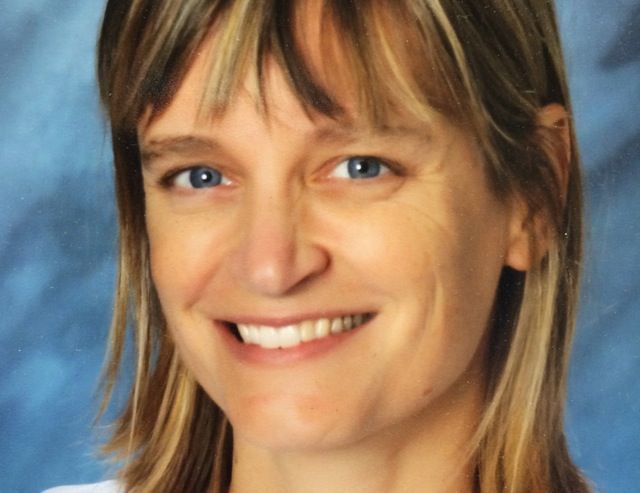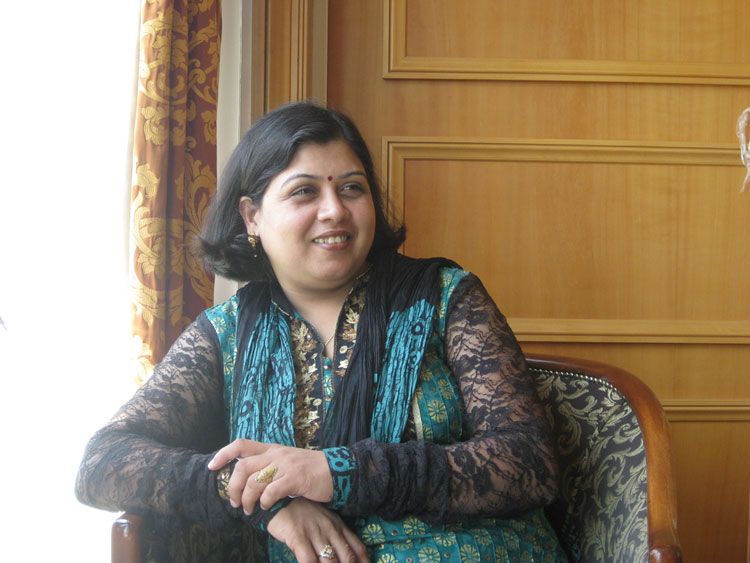 Asians Americans and Pacific Islanders (AAPI) are the fastest growing racial group in the United States; their population is expected to double to more than 47 million by 2060. Yet the needs of these communities are rarely discussed,because AAPIs, in the aggregate, are also the highest-income and best-educated ethnic groups in the United States. A common perception is that they are the model minority: the doctors, techno wizards, and successful business owners.
Asians Americans and Pacific Islanders (AAPI) are the fastest growing racial group in the United States; their population is expected to double to more than 47 million by 2060. Yet the needs of these communities are rarely discussed,because AAPIs, in the aggregate, are also the highest-income and best-educated ethnic groups in the United States. A common perception is that they are the model minority: the doctors, techno wizards, and successful business owners.
The success isnt, however, evenly distributed, and these communities face serious problems, just as other minority groups do. The White House Initiative on Asian Americans and Pacific Islanders (WHIAAPI) often cites compelling data to make this case: Asian American and African American students have the highest rates of remedial coursework; one out of four Korean Americans go without health insurance; one of every three AAPIs is limited in English proficiency; and only 18 percent of Native Hawaiians and Pacific Islanders over the age of 25 hold a college degree.
The model minority label makes things worse for large sections of these communities, because their needs are often overlooked or misunderstood and then rarely addressed in government programs and by social-service organizations. Lack of disaggregated data perpetuates this label.
WHIAAPI convened a meeting of AAPI leaders last Monday at the White House to discuss this issue and to set the wheels in motion to correct it. The attendees included secretaries and senior administration officials from a range of government agencies. A handful of Congressmen were in attendance. I was also present.
The consensus was that we needed to start by recognizing the hardship that the AAPI groups face; correct the dearth of research and data; increase educational opportunities,especially for certain AAPI sub-groups; improve access to health care; boost entrepreneurship; and use new technologies to reach them.
Frank Wu, dean of the University of Californias Hastings College of Law, pointed out, for example, that AAPI students face an extra burden because of the stereotype that they are mathematics and science geniuses. Most are not, so there needs to be an effort to correct the misperceptions. In fact, Wu noted, most AAPI students are enrolled in community colleges, not four-year private institutions. Many of them are first-generation students, and some face language barriers, financial burdens, and significant family responsibilities.
I highlighted the opportunities to use technology to bring together and uplift communities. Most apps that Silicon Valley is building, for example, are for the elite: to hire people to do chores such as laundry and grocery shopping; to rent vacation homes; to share photos; and to stream video. There is not enough focus on apps for social welfare, for teaching culture and languages, and for guiding new immigrants. We should be mentoring and supporting AAPIs in starting companies that address their community needs.
I also advised the meeting to help minority groups build networks that allow them to help themselves. This is how Indians went from being perceived and positioned as low-level engineers to being over-represented in the ranks of CEOs in Silicon Valley in the 1990s.
In the 1980s, there were hardly any firms founded by people born in India, despite tens of thousands of engineers having immigrated to the region. In 1999, seven percent of Silicon Valleys start-ups were founded by Indians, according to UC-Berkeley Dean AnnaLee Saxenian. My research at Duke and Harvard showed that this proportion had increased to about 15 percent by 2005. An immigrant group that constituted hardly six percent of the valleys workforce was achieving disproportionate success in a land and culture that was foreign to them.
How had this happened?
In short, it was through immigrants recognizing the disadvantages they had; learning from one another; and helping the next generation. One networking organization, the Indus Entrepreneurs (TiE), played a major role in the success of Indians. TiE helped to mobilize the information, know-how, skill, and capital needed for starting technology companies, and its members provided seed funding to start-ups. They came together to uplift their community and to give back to the country that had enabled them to achieve so much success.
This is what all minority communities need to do.
The White House Initiative on AAPIs, led by Kiran Ahuja, also staged a magnificent event at George Washington University the following day. It drew nearly 2,000 community members, federal officials, and others to share experiences and stories and to gain tools with which to mobilize their communities. President Obama inaugurated the White House Summit on AAPIs via video. It was a great start to the networking that AAPI communities need in order to uplift themselves, and it underscored the importance of showing up in D.C. to flex some AAPI muscle.
My hope is that entrepreneurs can take the baton from Ahuja and perform the same magic for their communities that TiE did for Indians in Silicon Valley.
Link to article on Washington Post’s website
| About Author | |

|
Vivek Wadhwa is Vice President of Innovation and Research at Singularity University; Fellow, Arthur & Toni Rembe Rock Center for Corporate Governance, Stanford University; Director of Research at the Center for Entrepreneurship and Research Commercialization at the Pratt School of Engineering, Duke University; and distinguished visiting scholar, Halle Institute of Global Learning, Emory University. He is author of ”The Immigrant Exodus: Why America Is Losing the Global Race to Capture Entrepreneurial Talent”–which was named by The Economist as a Book of the Year of 2012. Wadhwa oversees the academic programs at Singularity University, which educates a select group of leaders about the exponentially growing technologies that are soon going to change our world. These advances—in fields such as robotics, A.I., computing, synthetic biology, 3D printing, medicine, and nanomaterials—are making it possible for small teams to do what was once possible only for governments and large corporations to do: solve the grand challenges in education, water, food, shelter, health, and security. |
Website: http://wadhwa.com/2015/05/18/why-calling-asian-americans-a-model-minority-glosses-over-crucial-issues/
Disclaimer: Please use this channel at your own discretion. These articles are contributed by our users. We are not responsible or liable for any problems related to the utilization of information of these articles.












